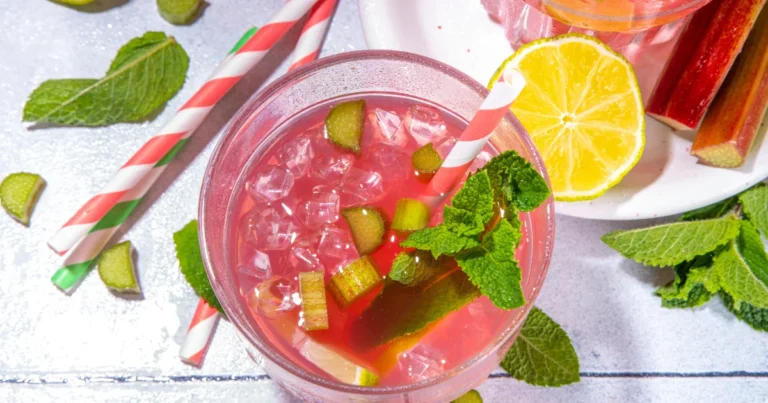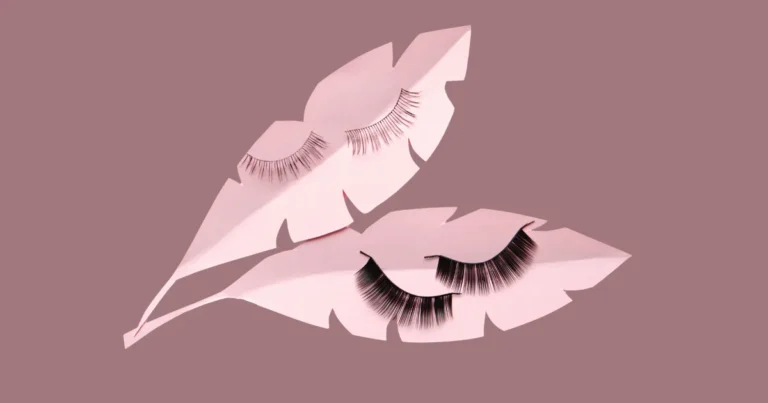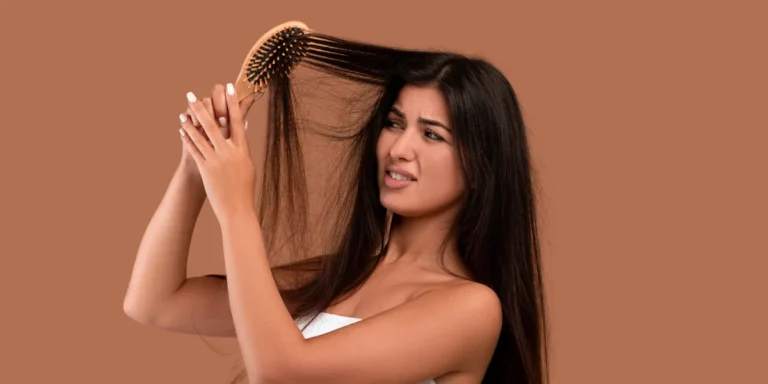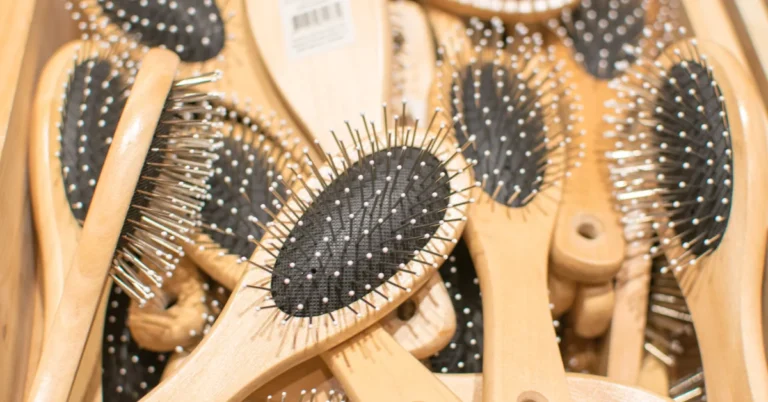Find The Brush That Suits Your Hairs and Curls Best
Choosing the right hairbrush for your hair type is essential for maintaining healthy, beautiful hair. The right brush can prevent breakage, reduce frizz, and enhance your hair’s natural texture.
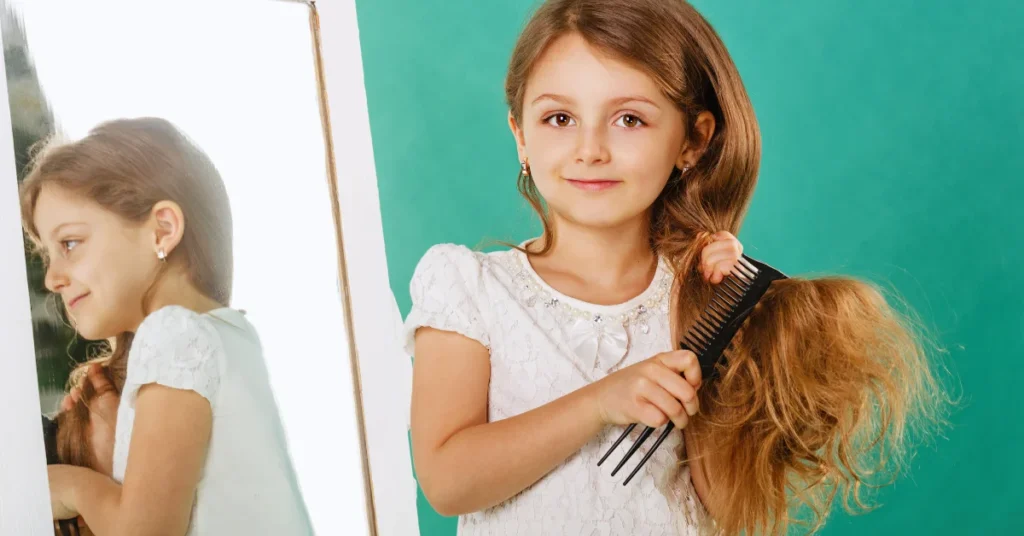
Whether you have straight, thick, curly, fine, coarse, thin, or long hair, understanding the different types of hairbrushes and combs will help you make an informed decision.
Hairbrush and Comb Types
Hairbrushes and combs come in a variety of shapes, sizes, and materials, each designed for specific hair types and purposes. Here’s a breakdown of some common types:

Do Different Hair Types Need Different Brushes?
Yes, different hair types benefit from different brushes. Using the wrong type of brush can lead to unnecessary breakage, frizz, and damage. Here’s a guide to choosing the right brush for your hair type:
Straight Hair
For straight hair, a paddle brush or a boar bristle brush works best. These brushes help smooth out the hair, reduce frizz, and add shine. The boar bristle brush, in particular, is excellent for distributing natural oils, giving your hair a healthy sheen.
Thick Hair
Thick hair requires a brush that can handle volume and density. A paddle brush with sturdy bristles or a vented brush for faster drying is ideal. Wide-tooth combs are also great for detangling thick hair without causing breakage.
Curly Hair
Curly hair is prone to tangling and frizz, so a wide-tooth comb or a detangling brush is essential. These tools help separate curls without breaking them, maintaining the hair’s natural texture. Avoid fine-tooth combs and brushes with tight bristles, as they can cause damage and frizz.
Fine Hair
Fine hair benefits from gentle brushing with a boar bristle brush. This type of brush is gentle enough to avoid breaking fine strands while helping to distribute oils and add volume. Avoid brushes with hard, plastic bristles, as they can be too harsh on fine hair.
Coarse Hair
Coarse hair requires a brush with strong, flexible bristles. A vented brush or a brush with nylon bristles can help detangle and smooth out coarse hair without causing breakage. These brushes are sturdy enough to handle the texture of coarse hair.
Tips to Prevent Breakage
- Brush Gently: Avoid aggressive brushing, which can lead to breakage. Start from the ends and work your way up to the roots.
- Avoid Brushing Wet Hair: Wet hair is more prone to breakage. If you need to detangle wet hair, use a wide-tooth comb or a brush specifically designed for wet hair.
- Use the Right Brush for Styling: Choose brushes that complement your styling routine. For example, use a round brush for blowouts and a paddle brush for straightening.
- Clean Your Brush Regularly: A dirty brush can transfer oils and product buildup back to your hair, causing it to look greasy. Clean your brushes and combs regularly to maintain hair health.
- Replace Worn-Out Brushes: Over time, brushes can wear out and become less effective. Replace your brushes when the bristles start to show signs of wear.
Benefits of Hair Brushing
Hair brushing offers numerous benefits that go beyond simply detangling strands. Regular brushing stimulates the scalp, which increases blood circulation and promotes healthier hair growth.
The act of brushing also helps distribute natural oils from the scalp down the length of the hair, providing essential moisture and shine. This natural conditioning process can reduce the need for additional hair products, keeping your hair looking and feeling healthier.
It also aids in exfoliating the scalp, removing dead skin cells that can clog hair follicles and impede hair growth. For those with longer hair, regular brushing can prevent knots and tangles, reducing the risk of breakage and split ends.
Give Away
Choosing the right hairbrush for your hair type is crucial for maintaining healthy, beautiful hair. By understanding the different types of brushes and their specific uses, you can find the perfect tool to complement your hair’s unique needs.

